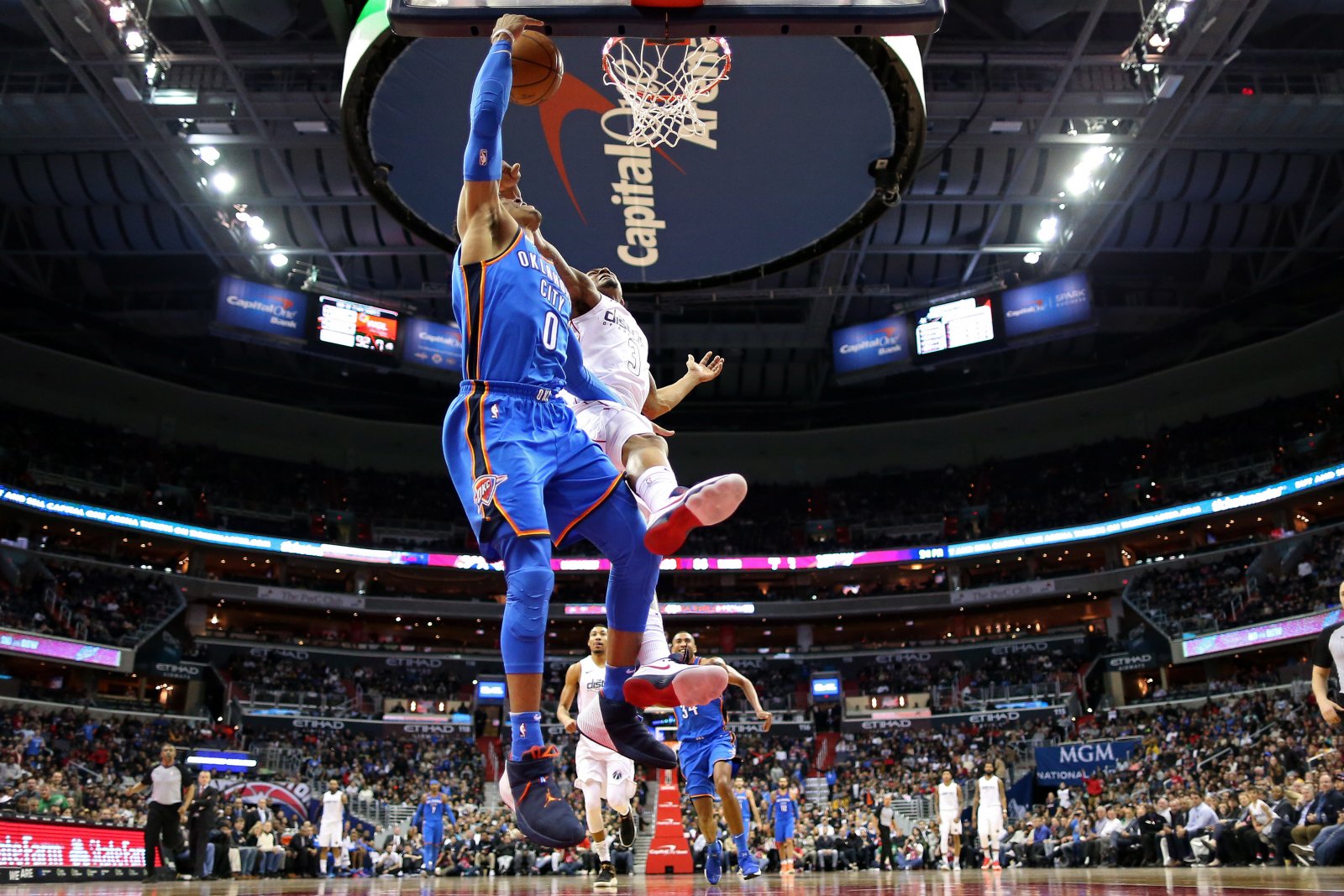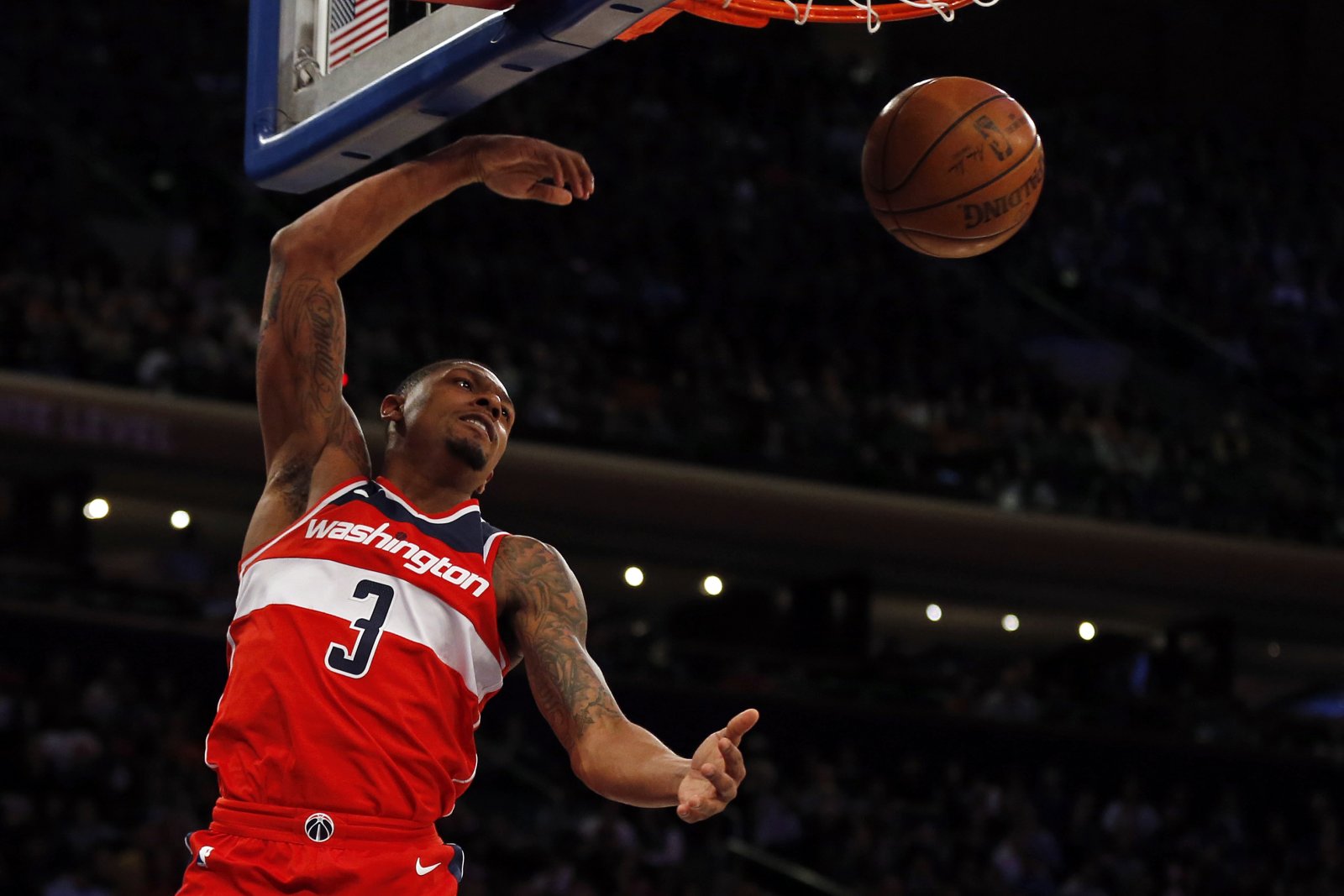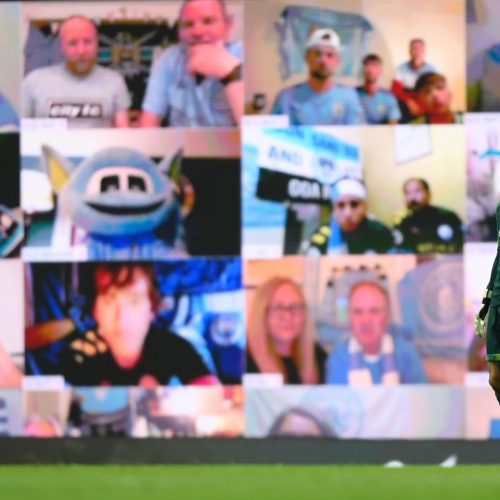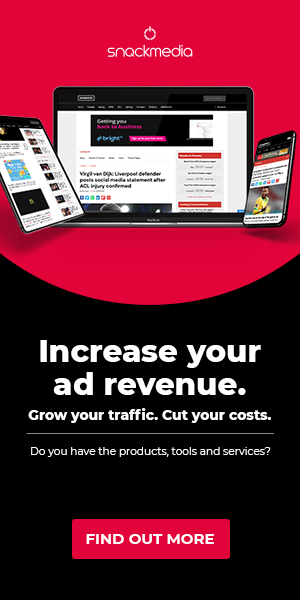How the NBA can help VR on its route to the mainstream
There are many big roadblocks for VR on the way from its current position to the mainstream.
The headset which few have and many find clunky is one problem, but then all you have to do is look at old mobile phones to see how much that can change in a short period of time.
A bigger problem for the moment is perhaps internet speed. We live at a time when connection speeds are so high that we take the online services for granted in a way we never really have before. But rather than see buffering and dropped connections as a cost of doing business, they now feel like huge inconveniences. But they’re still there; they haven’t gone away.
And for VR that can be a huge problem. From the obvious one of when it comes to dropped connections to the more fundamental problems like a lack of bandwidth for everyone streaming live sport in VR all at once, or indeed problems with latency in how the user experiences what’s happening – a pain when hand-eye coordination is needed.
The dawn of 5G internet might well be the kickstart the medium needs to come to the mainstream, but the more coverage it gets in the meantime the better for it.
That’s where the NBA may be able to help.
This week, SB Nation covered NBA stars Bradley Beal and Anthony Davis playing in virtual reality headsets. The pair were trying out an as-yet unreleased 5G network from Verizon in the US, catching a glimpse of what they can expect from the technology when it does finally reach the public at large in the years to come.
The NBA’s use of tech is also explored in the piece, and even their innovative use of social media which has made their players into even bigger personalities than they were before and making games the climaxes to the stuff you see on Instagram and Twitter, turning the games into events you really want to see.
One of the more obvious ways in which basketball promotes tech, though, is through VR streaming of the games themselves. You can buy an NBA League Pass to watch the action on the league’s dedicated OTT platform in normal live-streaming, but you can also buy one to watch the games in VR if you already own a headset. Interestingly, you can buy individual games in VR if you like – ideal for testing the tech before you invest properly.
The more VR comes into the mainstream in such a popular sport, the more it’ll stick in people’s minds, and the more varied the types of content – live games, fan engagement, visual storytelling – the more likely people are to invest in a headset.
About author
You might also like
The NFL renews advertising partnership with Snack Media
The NFL and Snack Media have renewed their advertising partnership on the official NFL website in the UK and Ireland. Beginning in 2013 in the UK only, the relationship has
Interview: Nielsen Sports’ Spencer Nolan Discusses Covid-19’s Impact on Sport Media Rights and the Commercial Sport Landscape
Digital Sport’s Rupert Pratt and Thomas Smith recently sat down with Nielsen Sports Managing Director for the UK & Ireland, Spencer Nolan, to discuss Covid-19’s impact on sport media rights
Snack Media acquire Facebook’s largest global sports publisher, GIVEMESPORT
Snack Media today announced that its acquisition of GIVEMESPORT will create one of the largest sports publishers in the UK, further strengthening its offering to advertisers, rights holders and independent media owners.









